Autumn Air Quality: Ventilation & Odour Control Tips
As autumn begins and nights are getting colder, most buildings gradually close their windows and doors. However, this simple shift can decrease indoor air quality, and poor indoor air is more than just “stuffy air.” Studies show people spend 80‑90 % of their time indoors, making the quality of that
As autumn begins and nights are getting colder, most buildings gradually close their windows and doors. However, this simple shift can decrease indoor air quality, and poor indoor air is more than just “stuffy air.” Studies show people spend 80‑90 % of their time indoors, making the quality of that indoor air important for health. In fact, in the UK, indoor air was found to be poorer than outdoor air for 11 out of 12 months in 2024.
With windows shut, ventilation lowered, and heating systems kicking in, pollutants, odours, and stale air linger. That makes this seasonal transition an ideal moment to revisit ventilation, filtering, odour control, and duct cleaning strategies.
Below is a guide to keeping indoor air healthier as temperatures drop.
Why indoor air worsens in autumn & winter
When windows stay shut for a long time:
- Indoor pollutants build up from things like cleaning products, cooking fumes, and furniture materials.
- Moisture from daily activities such as washing or cooking has nowhere to escape, which can cause mould, damp smells, and musty air.
- Heating or air systems keep recirculating the same air, spreading dust, allergens, and odours.
- Vents and ducts collect dust and grease, which blocks airflow and makes the air feel stale.
All these problems work together to trap dirty air and make ventilation less effective.
Health & performance impacts of poor air quality
Indoor air quality isn’t just about how a room smells or feels. The air we breathe inside can affect our health, comfort, and ability to work or learn. Poor indoor air can lead to:
- Headaches, tiredness, and irritation of the eyes, nose, or throat.
- More sick days and lower productivity in schools and workplaces because stale air causes drowsiness and poor focus.
- Worse breathing problems, such as asthma or COPD, especially for children, older adults, and people with existing conditions.
- Serious long-term health issues like heart disease and nervous system problems after years of breathing certain pollutants (RMI, ScienceDirect).
As we spend more time indoors during the colder months, these risks become even greater.
–
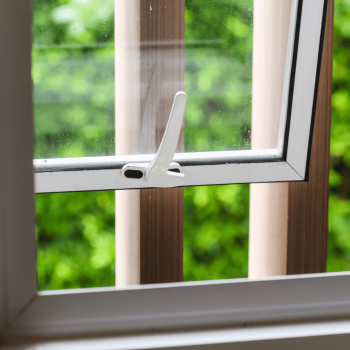
1. Ventilation: the first line of defence
Let Fresh Air in
Whenever you can, open windows or doors for a few minutes at a time, even in cold weather. Short bursts of fresh air help clear out stale air and reduce indoor pollutants.
Use fans or ventilation systems
If you have extractor fans, mechanical vents, or an HVAC system, make sure they are working properly. Good airflow keeps CO2 and other pollutants at safe levels. UK guidance suggests around 2–3 fresh air changes per hour in classrooms.
Balance warmth and clean air
It can be tempting to keep everything sealed to save on heating costs, but shutting out fresh air for too long can harm indoor air quality. Try to find a balance, or use controlled systems like heat-recovery ventilation to keep air fresh without losing too much warmth.
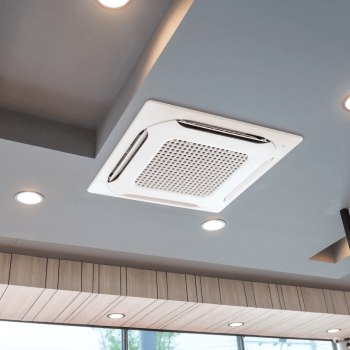
2.
2. Filter cleaning & replacement
Filters are an important part of any ventilation system. They catch dust, pollen, small particles, and some smells, but they get dirty and clogged over time.
- Check and clean filters often so air can flow freely and stay clean.
- Replace filters on time and choose high-efficiency types like HEPA if your system can use them.
- Add extra filters or air purifiers in busy rooms if your main system isn’t enough.
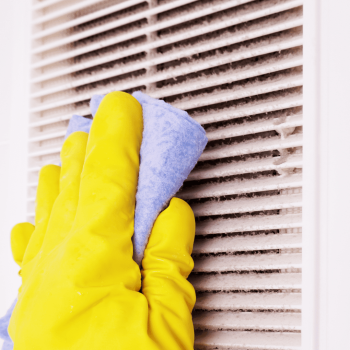
3.
3. Cleaning vents, ducts, diffusers & grilles
Dirty vents and ducts are easy to miss. Dust, mould, grease, and other debris can build up inside, blocking airflow and adding more pollutants to the air.
Best practices for vent & duct cleaning:
- Use brushes and cleaning tools to dislodge dust or deposits from ducts.
- Vacuum or extract debris once loosened.
- Wipe or spray-clean registers, diffusers, grilles, and covers.
- Use specialised cleaning chemicals or degreasers (particularly in kitchen or commercial settings).
- After cleaning, replace or re-seal components to avoid recontamination.
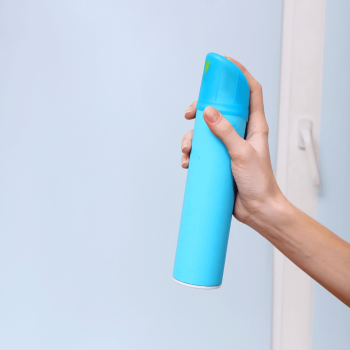
4.
4. Odour control & air fresheners
Even if the air is safe, bad smells can still make a room feel unpleasant. In colder months, these odours tend to linger longer.
- Use air fresheners or odour neutralisers
- Put fresheners in key spots like hallways, bins, kitchens, or toilets.
- Use automatic dispensers for constant odour control.
Replace or service them regularly so they stay effective and don’t create stale smells.
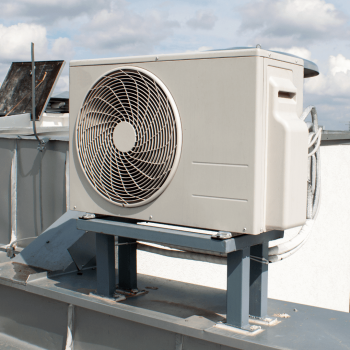
5. Maintaining HVAC & heating systems
When the heating is on, the system needs to stay clean and safe.
- Clean vents and filters in heaters.
- Flush or wipe radiators, coils, and heat exchangers to remove dirt.
- Check for leaks, moisture, rust, or mould inside the units.
- Keep drain lines clear so water doesn’t build up and grow bacteria.
As autumn brings cooler days and closed windows, good indoor air is a must. Regular ventilation, clean filters, clear ducts, and fresh-smelling rooms keep people healthy, comfortable, and happy.
Breathe easy this season, don’t let stale air take over.
Our Latest News
View newsAutumn Air Quality: Ventilation & Odour Control Tips
As autumn begins and nights are getting colder, most buildings gradually close their windows and doors. However, this simple shift
View article5 Simple Steps to Keep Your Washroom Fresh
Keeping a washroom smelling and looking fresh matters more than ever. In Great Britain, 76% of Britons say public
View articleHow to Choose the Right Janitorial Supplies for Your Business
Choosing the right janitorial supplies isn’t just about cleaning, it’s about safety, efficiency, and professionalism. In the UK, the
View article